Every year, billions of birds, insects, and other animals undertake remarkable journeys across continents, navigating through ever-changing atmospheric conditions. Among these conditions, wind stands as both a formidable challenge and a powerful ally. Wind speed profoundly influences migration efficiency, often determining whether a journey ends in success or failure. From tiny monarch butterflies to massive albatrosses, migratory species have evolved sophisticated strategies to interpret, utilize, and sometimes battle against this invisible force. This article explores the fascinating relationship between wind dynamics and migration efficiency, revealing how these interactions shape one of nature’s most spectacular phenomena.
The Fundamental Physics of Flight and Wind
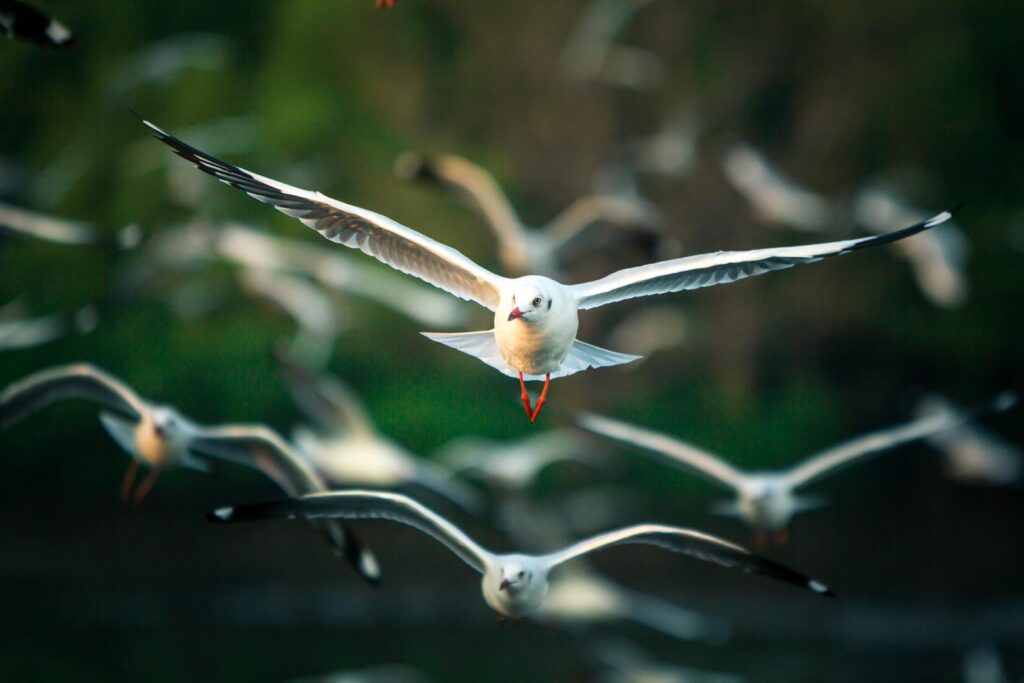
At its core, the relationship between wind and migration efficiency is governed by basic physics principles. When animals fly, they must overcome drag and gravity while generating enough lift and thrust to maintain forward momentum. Wind directly affects these forces – tailwinds reduce energy expenditure by effectively adding to an animal’s airspeed without requiring additional effort, while headwinds force migrants to work harder just to maintain position. Crosswinds present their own challenges, potentially pushing animals off course unless they compensate with constant adjustment. For many species, the difference between flying with a 20 mph tailwind versus a 20 mph headwind can mean more than doubling energy expenditure, making wind perhaps the single most significant environmental factor in migration efficiency.
Evolutionary Adaptations for Wind Assessment

Migratory species have developed remarkable sensory adaptations to assess wind conditions for optimal travel. Birds possess specialized pressure receptors in their ears and feathers that detect subtle changes in wind direction and speed, allowing them to make microadjustments during flight. Some insects, including monarch butterflies, have evolved specialized antennae that function as sophisticated anemometers, measuring wind velocities with surprising accuracy. Marine animals like sea turtles can detect ocean currents through electromagnetic sensitivity. These evolutionary adaptations represent millions of years of natural selection favoring individuals that could accurately read environmental cues and make energy-efficient migratory decisions. The ability to precisely detect wind conditions often translates directly to survival advantages, as it allows animals to conserve precious energy reserves during their arduous journeys.
Strategic Timing: Waiting for Favorable Winds
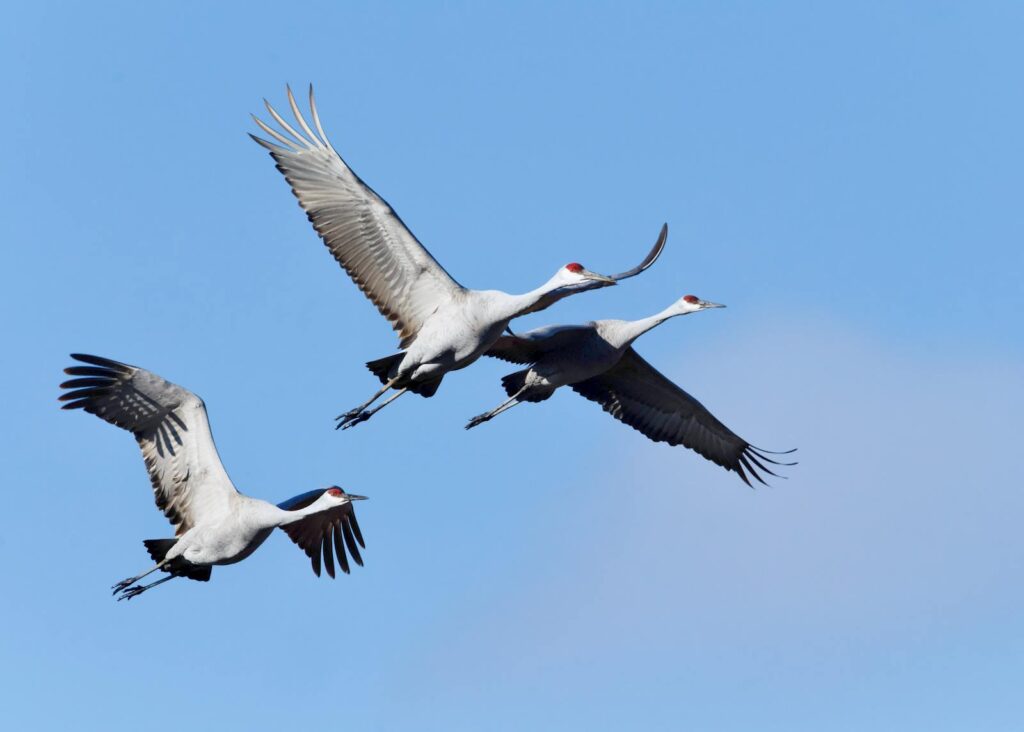
One of the most widespread adaptations to wind conditions is the strategic timing of migration departures. Research has shown that many species will delay departure for days or even weeks while waiting for favorable wind conditions. European robins, for instance, have been observed gathering in coastal areas before their Mediterranean crossing, only launching en masse when tailwinds develop. Similarly, studies tracking bar-tailed godwits during their remarkable non-stop flight from Alaska to New Zealand found that departure dates strongly correlated with the emergence of favorable wind systems. This timing strategy represents a sophisticated cost-benefit analysis: the energy saved by waiting for tailwinds typically outweighs the costs of delayed arrival at breeding or feeding grounds. For some species, the energy savings from proper wind selection can reduce total migration energy costs by up to 30%.
Altitude Selection as a Wind Navigation Strategy
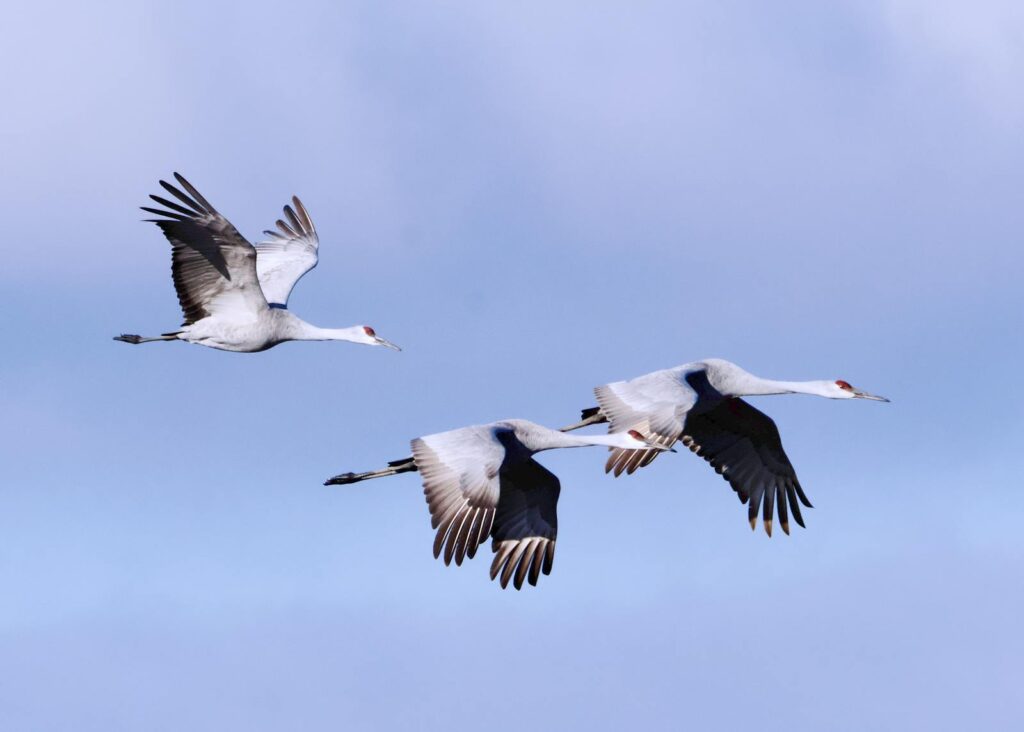
The atmosphere contains multiple layers of wind moving at different speeds and directions, creating an invisible landscape of potential highways and barriers. Migratory birds exploit this vertical complexity by changing their flight altitude to find the most favorable wind conditions. Radar studies have shown that songbirds often climb to altitudes between 1,000 and 6,000 feet during migration, sometimes flying much higher to catch fast-moving tailwinds. Bar-headed geese, famous for crossing the Himalayas, have been recorded flying at altitudes over 20,000 feet, where they encounter different wind patterns than at lower elevations. This vertical mobility represents a significant adaptive advantage, essentially giving migrants access to multiple “lanes” of travel. Researchers using weather surveillance radar have documented massive numbers of birds simultaneously ascending or descending as they encounter changing wind conditions, demonstrating the importance of this three-dimensional navigation strategy.
Energy Conservation Through Dynamic Soaring
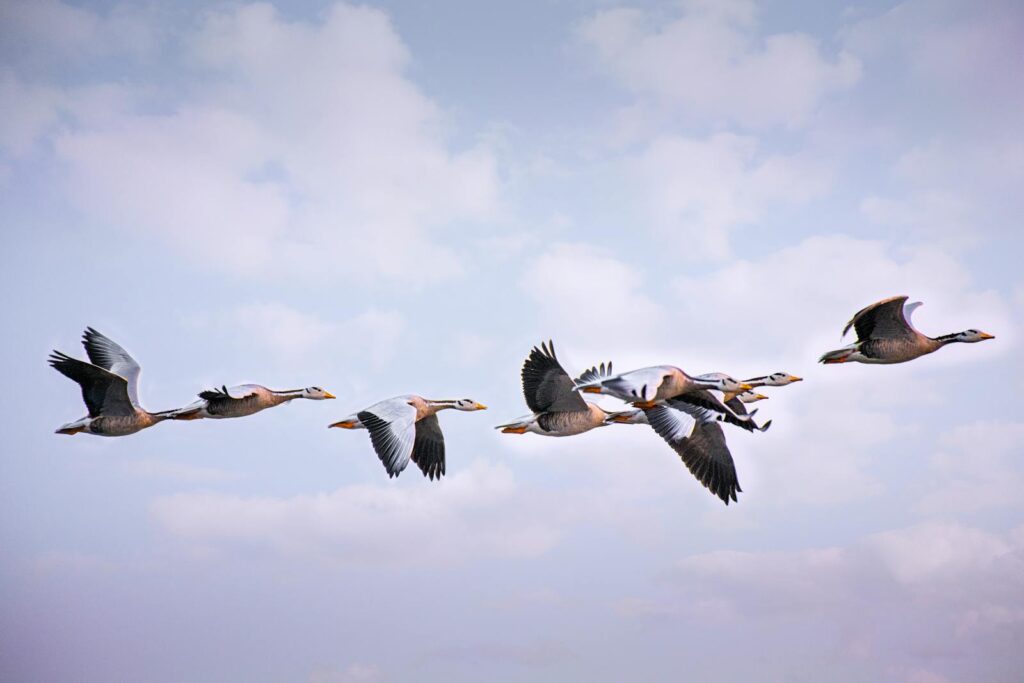
Some migratory species have mastered techniques that transform wind variations into free energy. Albatrosses and other seabirds practice “dynamic soaring,” a flying technique that harvests energy from wind shear – the difference in wind speed at different altitudes. By climbing into headwinds and descending with tailwinds, these birds can travel thousands of miles while expending minimal energy. Raptors like hawks and eagles utilize a different wind-based strategy by seeking out thermal updrafts and ridge lifts, allowing them to gain altitude without flapping. These specialized techniques represent the pinnacle of evolutionary adaptation to wind conditions. Studies using GPS trackers have shown that wandering albatrosses can maintain flight for weeks without landing, covering over 10,000 miles while hardly ever flapping their wings – an extraordinary testament to the efficiency of wind-based locomotion strategies.
Compensation Behaviors for Adverse Wind Conditions
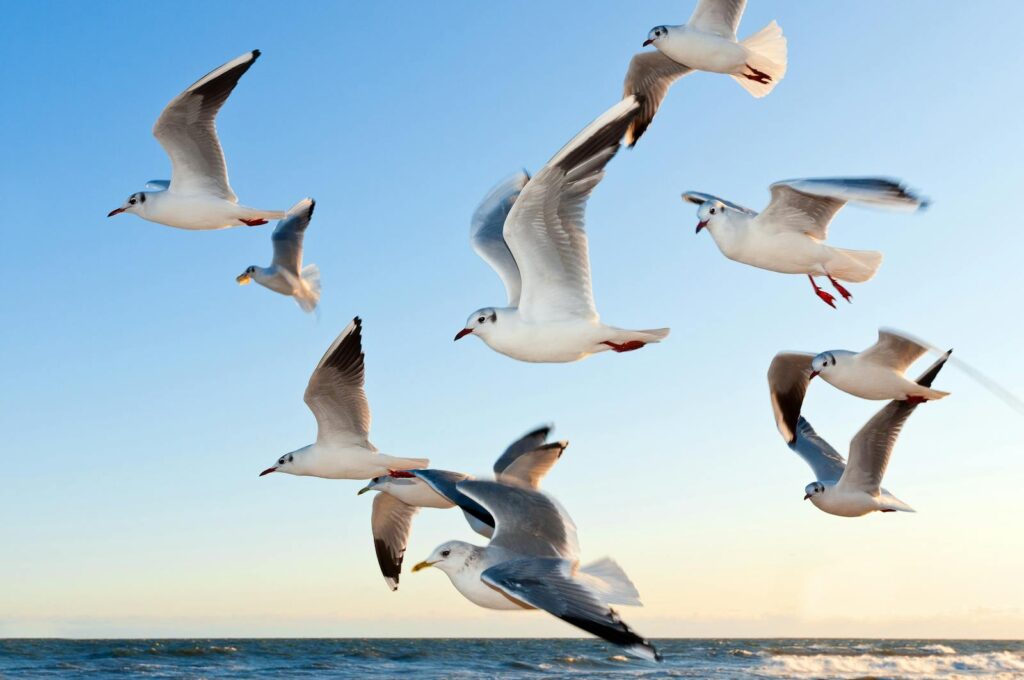
When favorable winds aren’t available, migrants must employ compensation strategies to maintain progress. Birds flying into headwinds typically respond by decreasing their altitude to reduce wind resistance, often flying just above ground or water level, where friction creates a boundary layer of slower-moving air. Many species also adjust their body position, tucking their wings closer to reduce drag profiles during headwind conditions. Another common strategy involves increasing wingbeat frequency and reducing amplitude, a technique that optimizes propulsion in challenging conditions but dramatically increases energy expenditure. These compensation behaviors highlight the remarkable behavioral flexibility of migratory animals, allowing them to continue their journeys even when wind conditions are less than ideal. However, sustained adverse winds can deplete energy reserves to dangerous levels, forcing stopovers or, in extreme cases, causing migration failures that impact population dynamics.
Wind Drift and Correction Mechanisms
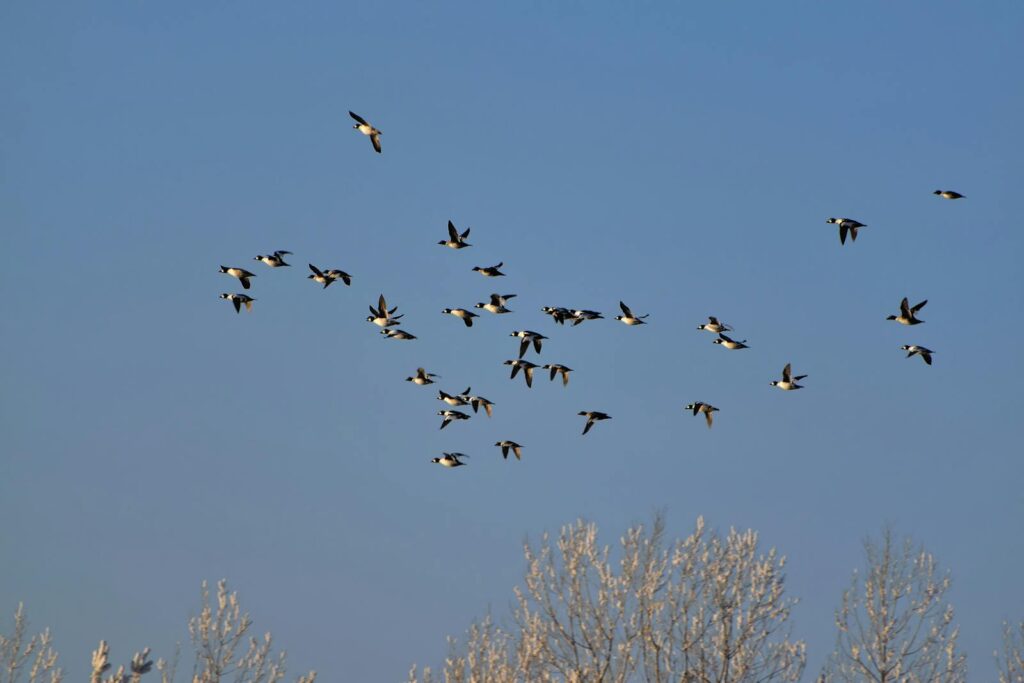
Crosswinds present a particular challenge for migrants by potentially pushing them off course, a phenomenon known as wind drift. Species have evolved different responses to this challenge based on their navigation priorities. Some birds employ full compensation, continuously adjusting their heading to maintain a straight-line path despite crosswinds – a strategy that maintains geographical precision but requires significant energy. Others practice partial compensation, allowing some drift while maintaining general direction, which conserves energy but results in less direct routes. Certain species, particularly those crossing oceans, prioritize maintaining a specific compass bearing regardless of drift, trusting they can make corrections once they reach land. These varied strategies reflect different evolutionary pressures and ecological needs. Radar tracking studies have revealed that experienced adult birds typically show more sophisticated wind drift compensation than juveniles on their first migration, suggesting these skills improve with learning and experience.
Climate Change and Shifting Wind Patterns
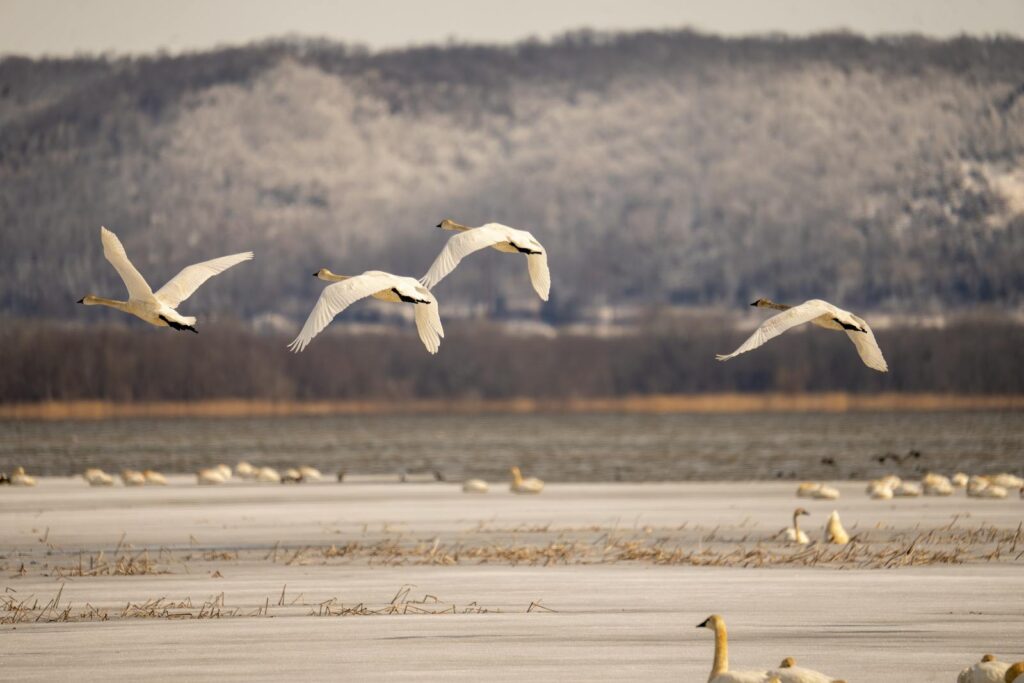
Climate change is altering global wind patterns in ways that significantly impact migration efficiency. Rising global temperatures are affecting atmospheric circulation, changing the timing, intensity, and location of prevailing winds that migrants have relied upon for millennia. For species that time their migrations to coincide with historical wind patterns, these shifts can create dangerous mismatches. Additionally, climate models predict increased frequency and intensity of extreme weather events, including storms with powerful and unpredictable winds that can derail migrations. These changes pose particular challenges for species with limited behavioral flexibility or narrow migration windows. Recent research tracking European turtle doves revealed that altered Mediterranean wind patterns have contributed to their population decline by reducing migration efficiency and increasing mortality during crossing attempts – a troubling example of how climate-altered wind patterns can affect biodiversity.
Insect Migration and Micro Air Currents

Small-bodied insect migrants face unique challenges and opportunities related to wind. Due to their low mass, insects like monarchs and painted lady butterflies are more directly influenced by even gentle air currents. Many migratory insects have adapted by flying only during specific atmospheric conditions that favor their movement, or by ascending to particular altitudes where favorable winds prevail. Monarch butterflies, during their multi-generational migration between Mexico and Canada, selectively fly at altitudes between 300 and 1,000 feet to catch specific air currents. Desert locusts have evolved to detect subtle changes in air pressure that predict wind patterns, allowing swarms to ride prevailing winds across vast distances. Recent radar entomology studies have revealed that the atmosphere contains vast numbers of insects engaged in wind-assisted migration, with trillions of individuals moving through high-altitude wind streams annually – a phenomenon sometimes called the “aeroplankton highway.”
Marine Migration and Ocean Wind Interactions
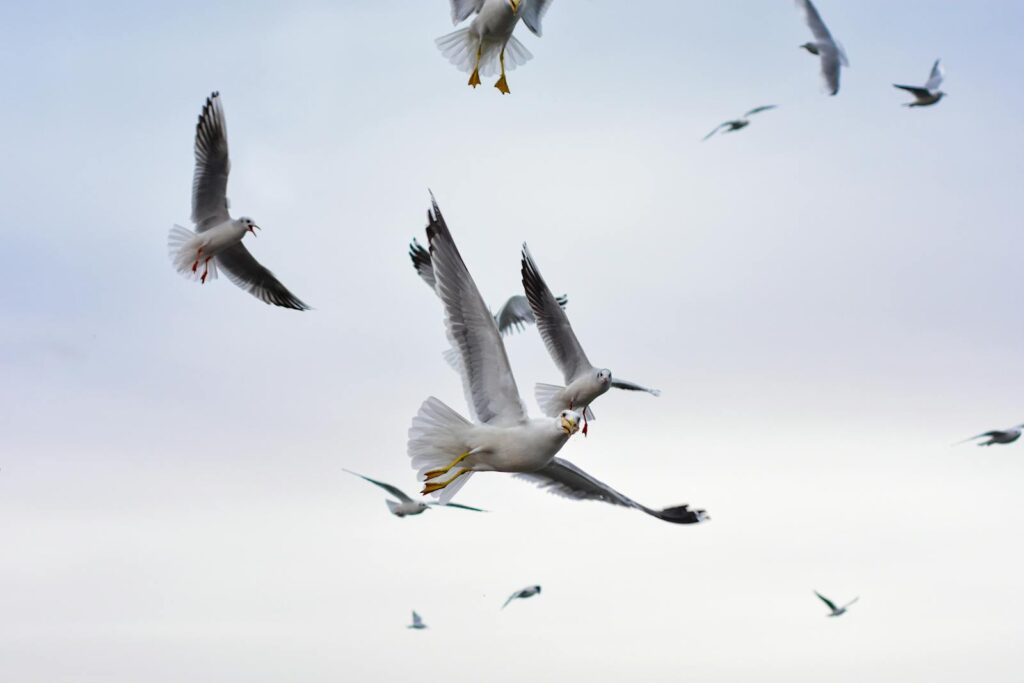
Wind plays a crucial but often overlooked role in marine migration systems through its interaction with ocean currents. Surface winds create and direct ocean currents that marine migrants like sea turtles, whales, and certain fish species follow during their journeys. Leatherback sea turtles, for instance, have been tracked following convergence zones created by wind patterns that concentrate their jellyfish prey. For seabirds that migrate over ocean expanses, wind patterns determine not only flight efficiency but also the distribution of their food sources, as wind-driven upwellings bring nutrients to the surface that support marine food webs. The El Niño-Southern Oscillation (ENSO) demonstrates how large-scale wind pattern shifts can dramatically affect marine migration systems by altering current patterns across the Pacific. Satellite tracking studies have shown that changes in prevailing winds can shift the migration routes of entire populations of marine animals by hundreds of kilometers, highlighting the interconnectedness of atmospheric and oceanic systems.
Technological Applications in Wind-Migration Research
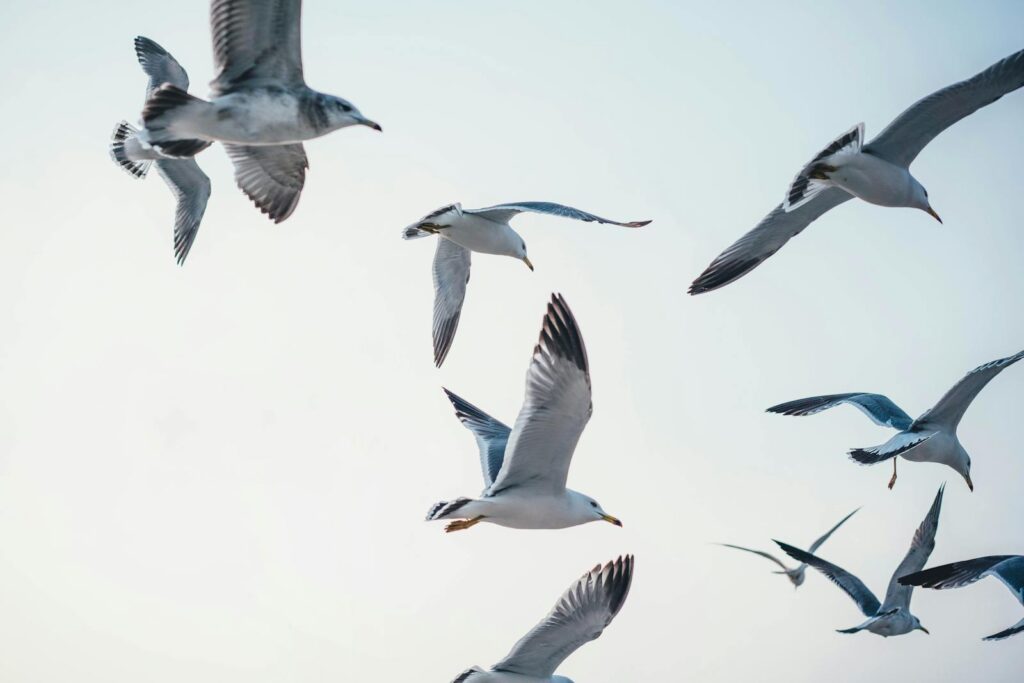
Modern technology has revolutionized our understanding of wind’s role in migration efficiency. Miniaturized GPS tags, some weighing less than a paperclip, now allow researchers to track animals as small as dragonflies throughout their migrations, correlating their movements with atmospheric data. Weather surveillance radar has emerged as a powerful tool for studying broad migration patterns, capable of detecting mass movements of birds and insects and their responses to changing wind conditions. Advanced computational models now integrate wind data with animal tracking to predict optimal migration strategies, sometimes revealing that animals make nearly perfect decisions about when and where to fly. Perhaps most impressively, machine learning algorithms analyzing decades of migration and weather data have begun identifying previously unknown patterns in how different species respond to complex wind conditions. These technological advances are not only enhancing scientific understanding but also providing critical information for conservation efforts aimed at protecting migration corridors.
Conservation Implications of Wind-Migration Interactions

Understanding the relationship between wind and migration has important implications for conservation efforts worldwide. Wind farms, while critical for renewable energy, can create hazardous obstacles when placed along migration routes, particularly at altitudes where birds fly to catch favorable winds. Conservation scientists now use models of wind patterns and migration behavior to recommend optimal wind farm placements that minimize wildlife impacts. Understanding how species utilize specific wind patterns also helps identify critical airspaces that deserve special protection status during peak migration periods. Climate-induced changes to wind patterns may necessitate new protected corridors that accommodate shifting migration routes. For endangered migratory species, knowledge of wind-optimization strategies can inform captive breeding and release programs, with releases timed to coincide with favorable wind conditions to maximize survival chances. These applications demonstrate how the science of wind and migration efficiency translates directly to practical conservation solutions for protecting some of the world’s most remarkable wildlife journeys.
The Future of Wind and Migration Research

The frontier of wind-migration research promises exciting discoveries that will further illuminate this complex relationship. Emerging technologies like animal-borne atmospheric sensors will soon allow migrants themselves to collect weather data during their journeys, creating unprecedented datasets linking behavior to micro-scale wind conditions. Advances in biologging technology are shrinking transmitters to sizes suitable for tracking smaller species, potentially revealing how tiny migrants like hummingbirds and monarch butterflies make wind-based decisions. Interdisciplinary collaborations between biologists, meteorologists, and aerospace engineers are applying fluid dynamics principles to better understand the physics of animal flight in variable wind conditions. Perhaps most importantly, long-term studies tracking how migration patterns respond to climate change will be crucial for predicting future impacts and developing effective conservation strategies. As our understanding deepens, we gain not only scientific knowledge but also essential insights for protecting these remarkable journeys in a rapidly changing world.
Wind remains one of the most significant yet often overlooked factors in the success of animal migrations across the globe. From the strategic timing decisions that precede departure to the split-second adjustments made during flight, wind shapes every aspect of migratory behavior. As climate change alters global wind patterns, understanding these relationships becomes increasingly urgent for conservation efforts. The remarkable adaptations that allow animals to assess, utilize, and overcome wind challenges represent some of nature’s most sophisticated solutions to environmental challenges. Through continued research and conservation focus on these wind-migration interactions, we can help ensure that one of nature’s most spectacular phenomena—the mass movement of animals across continents and oceans—continues for generations to come.
